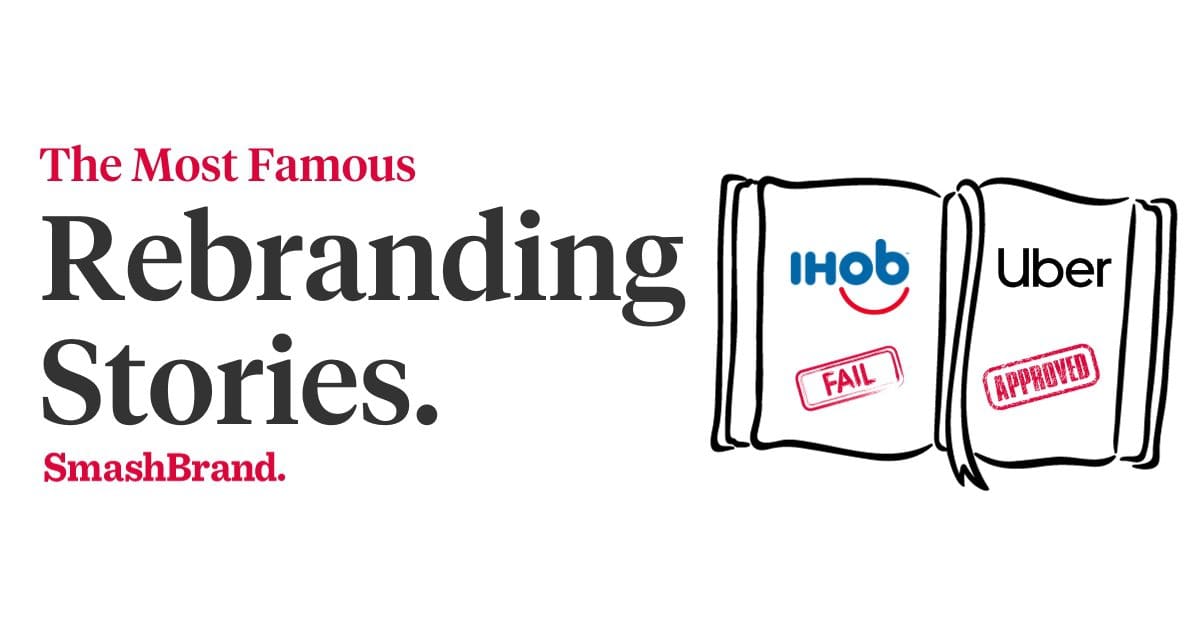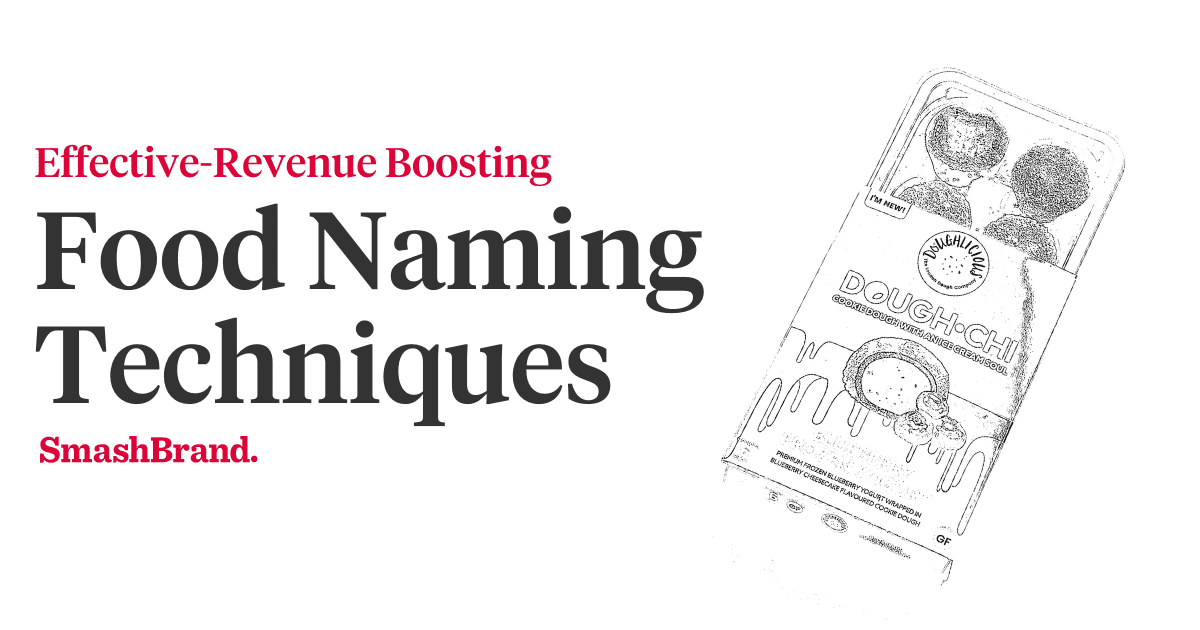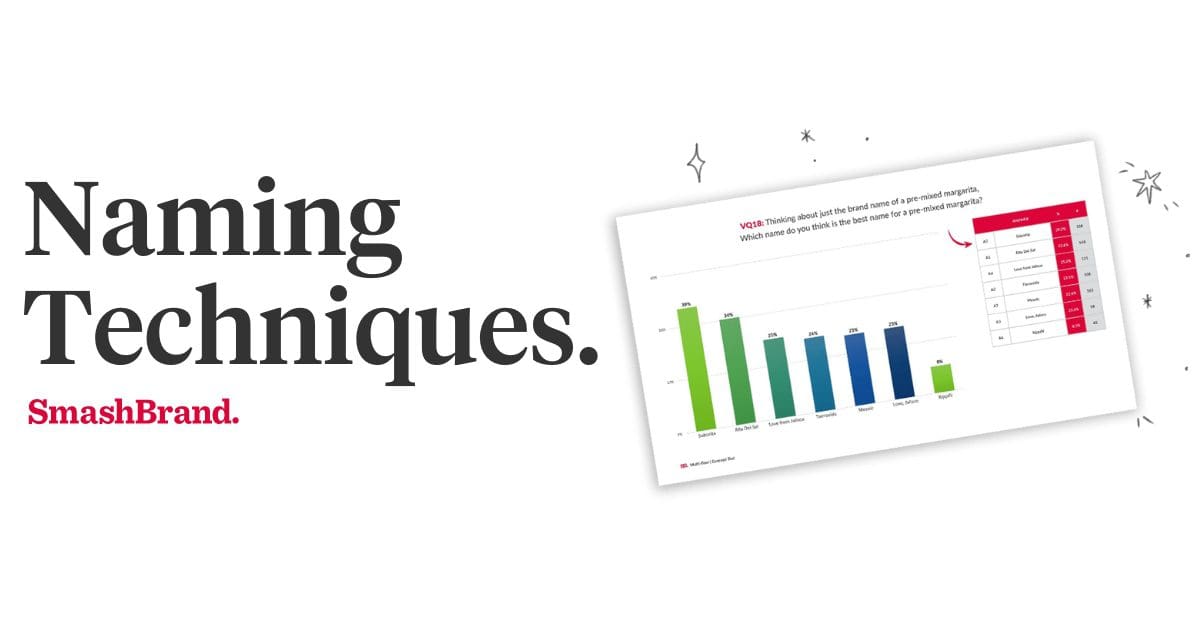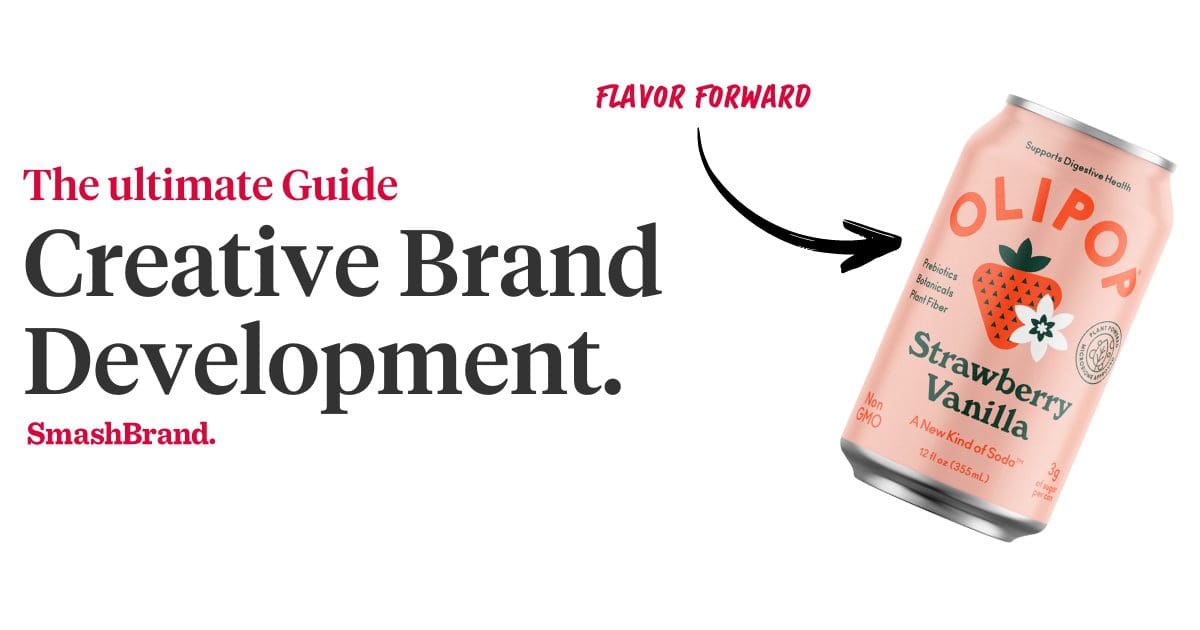Which famous rebranding stories do you think had the most significant impact on their respective industries over the last century? Some of the most iconic brands underwent significant transformations by adopting a new logo, visual identity, and positioning through rebranding.
Famous examples of rebranding, such as Coca-Cola’s change from its script logo to a solid wordmark, have significantly promoted a new era of graphic minimalism. McDonald’s also simplified their signage and golden arches, establishing one of the most recognizable logos globally.
These are just a few examples, and there are thousands of others in several industries where rebranding has played a significant role in the company’s growth. This article discusses some of the most well-known rebranding stories of the last century from various angles.
The Need for Rebranding
Rebranding is necessary to thrive in an ever-changing business landscape. Shifting consumer preferences and competitive threats requires strategically evaluating a brand’s message. Ignoring trends can lead to a loss of relevance over time.
Technological advancements also affect how brands connect with and are perceived by their audiences. A consistent visual identity builds recognition, but becoming outdated can weaken that connection. Periodic assessment examines if a logo or branding still clearly communicates a company’s value.
For some, the crisis may necessitate a change to regain trust. A rebrand offers a fresh start, yet it requires careful planning to maintain earned loyalty while improving brand strategy.
Famous Rebranding Case Studies
Here are some of the most successful rebranding strategies that have helped companies redefine their visual identity and improve their brand recognition. We’ll explore the rebranding questions companies should ask themselves before embarking on a rebranding journey, and the most effective rebranding strategies that have stood the test of time.
Apple
Apple is a renowned case study in successful rebranding. Their original logo from 1976 depicted Sir Isaac Newton under an apple tree, capturing their identity as a computer company. As the company shifted to more consumer products, this logo no longer fit their evolving brand.
On their rebranding checklist, Apple executives asked if the logo still resonated with customers. It led to the iconic rainbow logo introduction, simplifying it down to just “Apple Inc.” Removing “Computer” allowed for more substantial brand recognition as they diversified.
The rebranding paved the way for mass market success as it became a lifestyle company rather than just computers. It shows how evaluating a logo redesign and understanding changing market dynamics can position a brand for the future as preeminent as Apple is today.
Airbnb
As Airbnb expanded its offerings beyond just affordable homestays, its original branding no longer matched its evolving strategy. In 2014, Airbnb launched a significant website rebranding campaign introducing the “Bélo” logo to signal its ambitions as a global travel platform.
Through rebranding, Airbnb simplified its user interface and emphasized high-quality imagery to position itself as a sophisticated alternative to hotels while retaining its community focus. The new minimalist yet elegant logo exemplified this modernized identity.
After the redesign of its website, Airbnb’s rebranding campaign proved to be a massive success. The company saw a significant increase in bookings and revenue and an upscale shift in its customer base.
Starbucks
Starbucks is globally renowned for its coffee culture. In 2011, the company recognized the need to rebrand beyond its coffee-centric focus to ensure continued innovation and growth.
Through a logo rebranding, Starbucks simplified its branding from “Starbucks Coffee, Tea, and Spice” to only featuring the iconic green Siren logo. This brand repositioning removed references to coffee, symbolizing Starbucks’ ambition to expand its product range.
The minimalist new logo emphasized the brand’s strong recognition among consumers while embracing a clean, modern aesthetic. This strategic shift allowed Starbucks to detach from being pigeonholed solely as a coffee seller.
Instagram initially used a Polaroid camera icon but evolved beyond just photos. In 2021, a gradient logo rebrand signaled its transition to video and messaging.
The redesigned logo received a positive reception for its modern, fresh look aligning with current design trends—this enhanced community engagement, with users feeling more connected.
It also benefitted from the inclusion of Meta’s logo, reinforcing Instagram’s position within Meta’s ecosystem. The rebrand positioned Instagram as forward-thinking, embracing future challenges and opportunities. It minimized risks of stagnation by repositioning the platform and increasing engagement on new products and services.
Pepsi
In March 2023, Pepsi, a global icon in the beverage industry, unveiled a transformative rebrand. The overhaul marked a significant departure from its 14-year-old logo and visual identity.
Key elements include a versatile Pepsi globe and wordmark, an updated color palette introducing electric blue and black to signify a commitment to Pepsi Zero Sugar, a distinct can silhouette, and a custom typeface reflecting confidence.
This rebrand emphasizes Pepsi’s role in sustainability, product innovation, and its engagement with evolving digital trends. In essence, the Pepsi rebrand marries history with contemporary elements, reinforcing its status as a pop culture icon while paving the way for an exciting, digital future.
Dunkin’ Donuts
Dunkin relied on its donuts for decades for its brand identity, but shifting consumer preferences demanded a brand refresh. Dunkin’ dropped “Donuts” from its name and logo to emphasize its menu expansion into baked goods, snacks, and beverages beyond just donuts.
The rebranding was a success. By streamlining its name, Dunkin’ modernized its image and resonated better with younger, health-conscious audiences. It strengthened the brand recognition of Dunkin’ as an all-day stop for food and drinks and enhanced the company’s overall brand awareness.
Mastercard
Mastercard has evolved its logo significantly over time. In 2019, it simplified its branding by displaying its full name prominently in the logo. Instead, it transitioned to just featuring the brand’s iconic overlapping red and yellow circles.
This new minimalist logo focused on the easily recognizable symbol without relying on the company name. It allowed for quick brand recognition globally.
Today, Mastercard’s circular logo is a distinguished symbol in the corporate world. The rebranding solidified its position as an industry leader with a powerful visual identity.
Yahoo!
In 2019, Yahoo! underwent a significant rebranding to modernize its image and appeal to a new generation of users. Pentagram, a world-renowned design firm, led the rebranding.
Yahoo! ‘s new logo reflects the new brand strategy, which is simpler and more geometric than the previous logo. The exclamation point has also been italicized for emphasis.
The Yahoo! rebranding was well-received by critics and users alike. Many people praised the new logo, color palette, and the company’s focus on simplicity and amplification.
Old Spice
In 2010, Old Spice launched a bold rebrand with the humorous “The Man Your Man Could Smell Like” YouTube ads featuring Isaiah Mustafa. This campaign increased sales by 125% and boosted the brand’s online presence, making Old Spice a global men’s grooming favorite.
Uber
Uber has evolved its brand identity significantly since its launch. The company streamlined its initial wordmark logo for clarity. The brand transitioned to a solid color logo with rounded corners. The modern logo looks modern and approachable as compared to the old logo.
It simplified the app icon from realistic car graphics to an abstract pin shape. It helped the brand appeal to more international users. Its consistent rebranding has allowed it to refine its image over time.
Mailchimp
Mailchimp evolved from a primary email platform to a dynamic marketing solution through customer-focused innovation and a commitment to quirkiness. Its rebranding created a fun, expressive brand that pleased its loyal followers and attracted a wider audience. With a vibrant yellow palette, playful illustrations, and a charming mascot, Mailchimp’s success highlights the importance of customer feedback and brand authenticity.
Burberry
Luxury fashion brand Burberry updated its logo in 2018 from an equestrian knight emblem to a simplified monogram using the letters ‘B’ and ‘Y.’ This rebranding modernized Burberry’s image for younger, global customers. They assumed that removing the dated horse logo made the brand more appealing internationally, strengthened Burberry’s positioning as a leading international luxury label. But they must have changed their mind because in 2023 they brought the equestrian knight emblem back into their logo design.
IHOP/IHOb
IHOP boldly moved by temporarily rebranding to “IHOb,” dropping the “p” to emphasize its burgers. Although some criticized the move for potentially abandoning brand loyalty, it created a lot of free publicity and re-established the brand as innovative.
The marketing stunt was meant to promote new burgers, but it showed how even unconventional rebranding can be successful if the original identity is still recognized. IHOP has shifted its focus to family-friendly offerings and has successfully won back customers.
Tropicana
In 2009, Tropicana changed its packaging design, removing the iconic image of an orange with a straw and replacing it with a generic glass of orange juice. The new design lacked the visual cues that customers associated with the brand, leading to a 30 million drop in sales within a month.
The company spent a considerable amount to revert to the original packaging and launch a brand recovery campaign, demonstrating the importance of brand equity and visual branding cues.
Gap
In 2021, Gap underwent a transformative rebranding, shedding its dated image. The new logo and marketing campaigns embraced modern minimalism, emphasizing inclusivity, sustainability, and innovation. The result was a revitalized brand, appealing to a younger audience while retaining loyal customers. Sales and customer engagement soared, marking a successful rebranding venture for Gap.
Stella Artois
Stella Artois underwent a transformative rebranding journey in recent years. Once plagued by negative associations, the brand repositioned itself as a premium choice with a renewed emphasis on creativity.
Collaborations with unconventional partners like Palace and artistic campaigns reinvigorated its image, successfully shedding the “wife beater” label and embracing high and low cultural influences.
J Crew
In 2021, J.Crew emerged from bankruptcy, achieving 16 months of sales growth targeting millennials and Gen Z. Under creative director Brendon Babenzien, they introduced a new menswear collection focusing on product excellence and fresh American style.
They rebranded their loyalty program to J.Crew Passport, offered enhanced perks, and launched a resale program in January, boosting revenue. Babenzien’s strategy positions J.Crew Men’s as a hub of understated cool with heritage, quality, and customer loyalty.
Adobe Photoshop
Photoshop, the industry standard photo editing software, transitioned from a perpetual license to a subscription model with Adobe’s Creative Cloud launch in 2013. It unified Photoshop with other Creative Cloud apps and enabled seamless device updates.
Though initially uncertain, most Photoshop users embraced the cloud within a few years, demonstrating how strategic rebrands can successfully move legacy products to new software-as-a-service business models.
Premier League
The Premier League rebrand in 2023 was a bold move, with the league dropping its wordmark and simplifying its logo. The rebrand was well-received overall, with many praising the league for taking risks and creating a more modern and iconic look.
Some critics argued that the new logo was too similar to the logo of The Lion King and that the rebrand was unnecessary. Overall, the Premier League rebrand was a success, with the league creating a more modern and iconic look that will appeal to fans around the world.
Twitter/X
When Elon Musk acquired Twitter in late 2022, one of his first significant moves was rebranding it as “X” in 2023. The sudden, unilateral rebrand surprised many and raised questions about Musk’s vision.
Revising Twitter’s iconic blue logo and name without a clear explanation created confusion among users. It sparked widespread discussion around social media branding and control. Time will tell if X can retain Twitter’s user base and flourish under its enigmatic new identity.
Philip Morris
Philip Morris, now known as PMI, rebranded to distance itself from cigarettes, aiming to shift toward reduced-risk products and new technologies like e-cigarettes. However, some critics still question its true motives. The impact of Big Tobacco’s rebrand is uncertain.
Challenges of Rebranding
Rebranding comes with many challenges for companies to overcome. A significant risk is alienating loyal customers who have known the prior brand for years.
Customers may resist changes in brand identity or positioning that they don’t understand. On top of that, there are significant costs associated with rebranding efforts like developing a new logo, marketing campaign, and materials.
Successful rebrands address these challenges through extensive planning, stakeholder input, clear communication of the reason for rebranding vs. repositioning, and smooth execution of the brand repositioning.
Critical Elements of a Successful Rebrand
Successful rebrands start with deep market research to understand target customers, stakeholders, and competitors. It helps to provide information on areas of improvement.
Through diligent research and thoughtful input, businesses can shape a unified brand message and visual identity that genuinely connects with their target audience.
Finally, it’s essential to proficiently convey the rebrand to customers across various channels, clearly understanding the reasons behind the transformation and promoting a fresh brand identity.
Rebranding Missteps
Many companies attempt to reinvent themselves through rebranding. Still, it can backfire if they don’t understand their customers and brand identity, causing some brands to stray too far from what initially attracted them.
For example, when Gap switched to a more “modern” look, they confused loyal customers expecting classic styles. Another common misstep is poor execution when rolling out a new name or logo. Many rebrands fail because customers are unfamiliar with the new brand and don’t see the value.
To avoid this, companies must communicate the reasons for rebranding and make the transition seamless. Successful rebrands keep what customers love while gaining new relevance.
Data-Driven Brand Development That Can Guarantee Sales Performance.
If you need a rebrand with performance predictability, we can help. SmashBrand is a brand development agency that researches, designs, and tests all products to ensure peak shelf performance. Book a time to discuss your project with our team.






